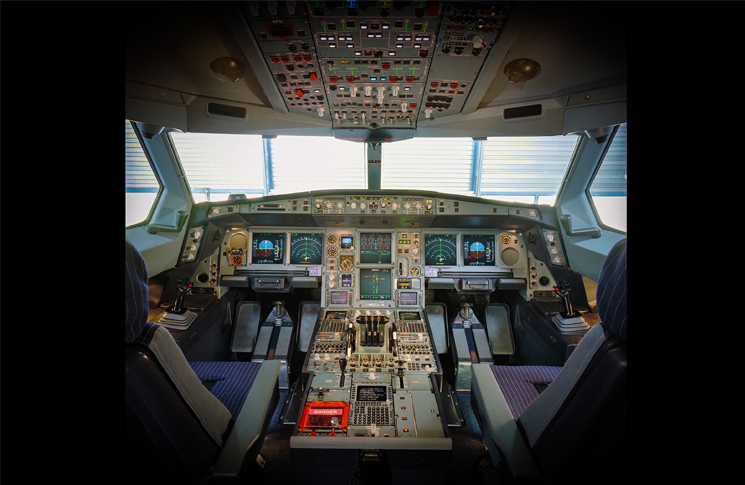Just to let people know on BITOG, what pilots can do at their airline doesn’t mean other pilots can do it at theirs theirs ( same type ).
Can you provide a reference for that Airbus procedure from your airline please?
Been on the Airbus 15,000 hours, never seen anything in the FCOM about being able to increase Vr to specifically deal with wind shear nor is it in our sops which are based on Airbus recommendations.
Never heard of that before ( Airbus ) for wind shear.
I know the Airbus well , and there is nothing we have as pilots to allow us to increase speeds to deal with wind shear at least with the performance at our airline.
I will ask the Airbus chief pilot and report back.
Very sharp guy. Former test pilot, aeronautical engineer. Long training and checking background.
If we don’t have it but other airlines do, I will ask him why.
Funny how Airbus doesn’t mention anything about that in their wind shear information.
Weather plays a significant role in aviation safety and is regularly cited as a contributing factor in accidents or major incidents. Wind shear in the form of microbursts particularly, can be a severe hazard to aircraft during take-off, approach and landing.

safetyfirst.airbus.com

